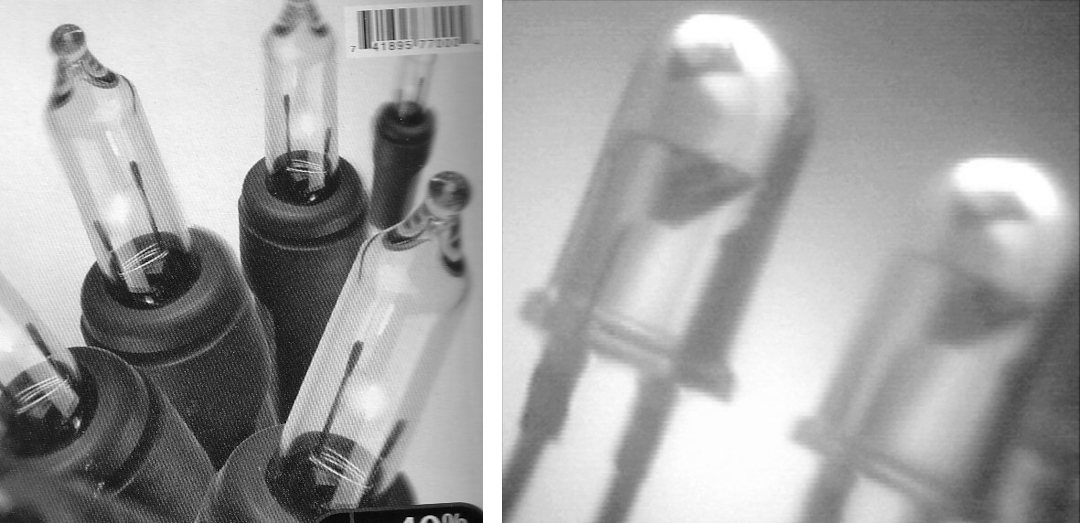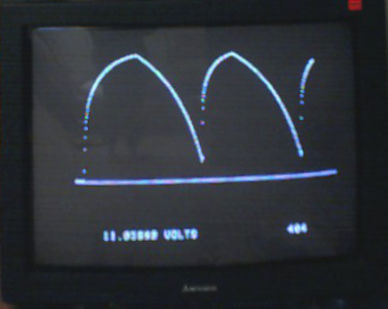Budchoo Lab
powered by
Pang Industries
new site by
budchoo's generation
Advanced Model Railroad power supply.
To our new friends at the awesome Historical Railway Society, here are the files that I have for a transistorized power supply / speed controller - the Cooler Crawler by Ken Willmott and Rich Weyand. The reason this controller is different, maybe slightly safer for kids, is because instead of turning a lever to set power level valve style, you would control the speed like one would on a cruise control in a car. A push button will allow you to hold to increase speed, when you release it it will more or less stay at that speed, a second button will decrease the power / speed. A cancel / emergency stop that will cut power, and a switch for reversing direction. Since you cannot just slam a lever to max, you have to press and hold a button for the speed to gradually pick up, it actually performs more like a real heavily loaded train.
I will do a write up on my implementation and my understanding of how it works in a few days. Here is what they say on trains.com. The circuit provides some pretty precise control. And hopefully I can have some other useful designs too I/O wise, like the IR and WiFi ideas we talked about. Thanks for your hospitality and letting the creator and his brother play on your layout for so long.
Interesting side note: the components used in this project was sourced from the legendary Mike Quinn Electronics shortly before the place was closed.
Unsolicited Commentary:
There is a reason why pretty much all manufacturing of gadgets (along with the skilled jobs with it) are moving overseas. What once was the supplier of digital revolution, experimentation, and innovation is becoming an endangered species.
Views: 70591
Replies coming soon















